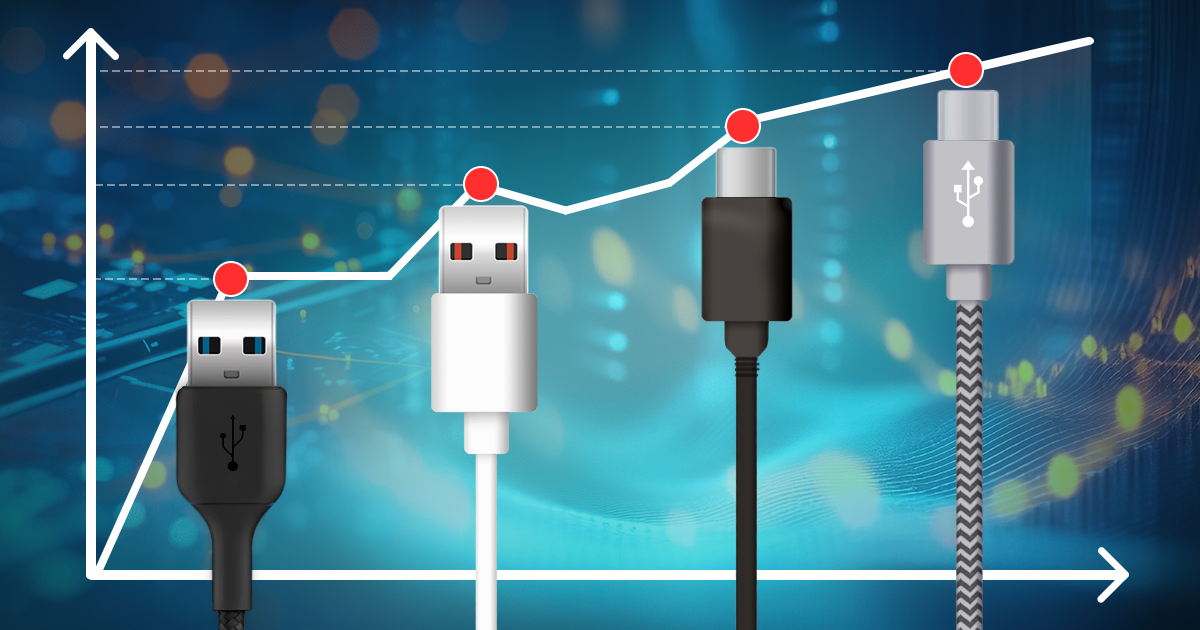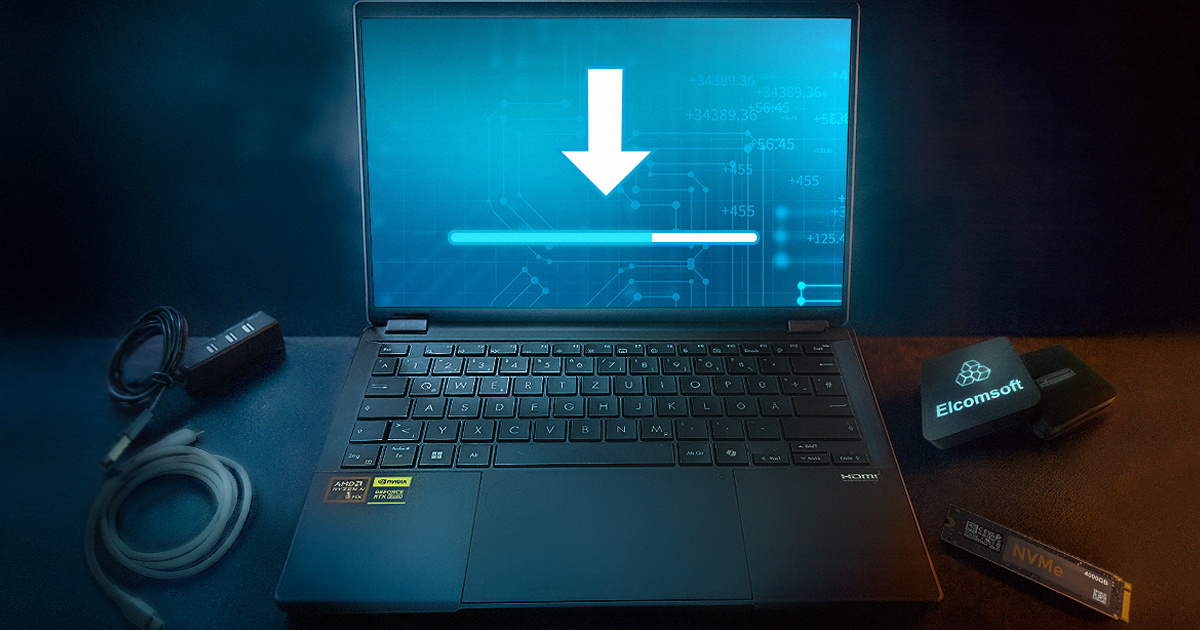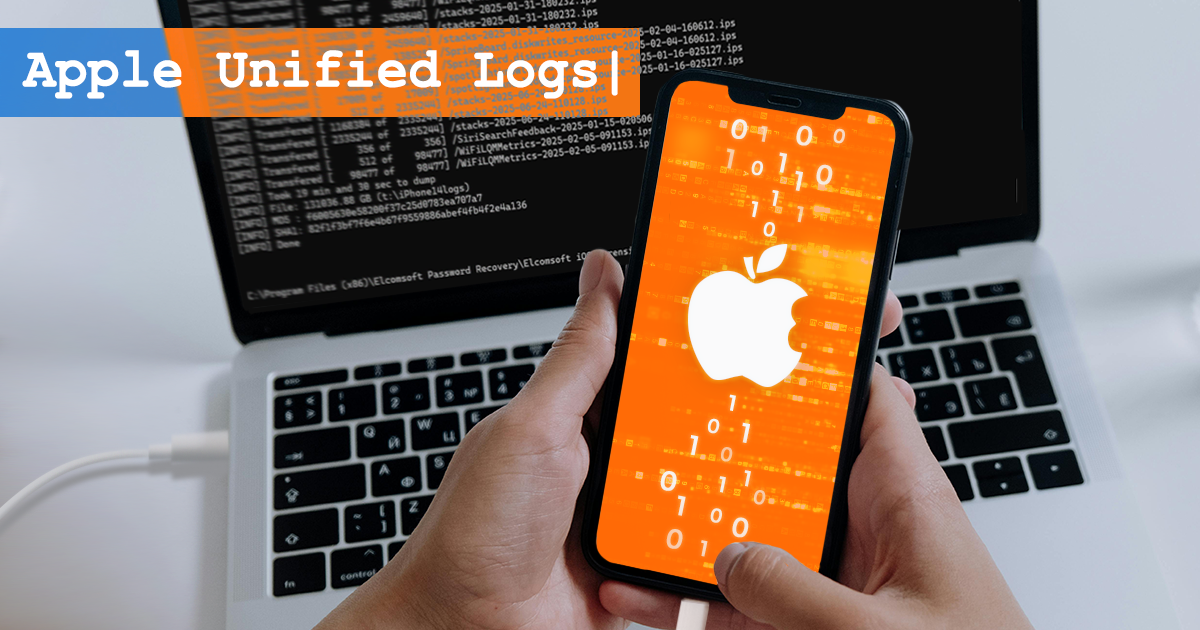If you’ve been following the news, you may already know about the many cases where companies, big and small, were caught spying on their users. It might appear that just about everyone making a phone or an app is after your personal information. In this article we’ll try to figure out who collects your personal data, why they do it and what they do with the data they collect.
Staying on the bleeding edge of today’s technologies requires constant work. ElcomSoft lab is one of the busiest places in the company. Last year, we had dozens of devices passing through our lab. This publication opens the series of articles in which we’ll share insider’s information on what we do, what we are about to do, and how we do that. So let’s shed some light on what’s going on inside ElcomSoft lab.
Back in 2013, Apple has added a fingerprint reader to its then new iPhone 5s. Around that time, OEMs manufacturing Android devices have also started equipping their devices with fingerprint sensors. It turned out that Apple and Android OEMs came to severely different results. In this article, we’ll have a look at fingerprint reader implementations in pre-Marshmallow Android devices and see why they were a terrible idea. (more…)
Every once in a while, hi-tech companies release reports on government requests that they received and served (or not). The different companies receive a different number of requests. They don’t treat them the same way, and they don’t report them the same way, which makes the comparison difficult. In this article, we’ll try to analyze and compare government request reports published by Apple, Google and Microsoft.
Two-factor authentication is great when it comes to securing access to someone’s account. It’s not so great when it gets in the way of accessing your account. However, in emergency situations things can turn completely ugly. In this article we’ll discuss steps you can do to minimize the negative consequences of using two-factor authentication if you lose access to your trusted device and your trusted phone number. In order to keep the size of this text reasonable we’ll only talk about Apple’s implementation, namely Two-Step Verification and Two-Factor Authentication. You can read more about those in our previous blog post.
Beginning with Windows 8.1 and Windows Phone 8.1, Microsoft started unifying its mobile and desktop operating systems. No wonder the two versions of Microsoft’s latest OS, Windows 10, share the same approach to two-factor authentication.

Before we start discussing Google’s two-factor authentication, let’s first look how Google protects user accounts if two-factor authentication is not enabled. If Google detects an unusual sign-in attempt (such as one originating from a new device located in a different country or continent), it may prompt the user to confirm their account. This can (or cannot) be done in various ways such as receiving a verification code to an existing backup email address that was previously configured in that account. Interestingly, even receiving and entering such a code and answering all the additional security questions Google may ask about one’s account does not actually confirm anything. Without two-factor authentication, Google may easily decline sign-in requests it deems suspicious. From first-hand experience, one is then forced to change their Google Account password. (Interestingly, Microsoft exhibits similar behavior, yet the company allows using two-factor authentication in such cases even if two-factor authentication is not enabled for that account. Weird, but that’s how it works.)
Two-factor authentication a roadblock when investigating an Apple device. Obtaining a data backup from the user’s iCloud account is a common and relatively easy way to acquire evidence from devices that are otherwise securely protected. It might be possible to bypass two-factor authentication if one is able to extract a so-called authentication token from the suspect’s computer.
In this article we’ll discuss the differences between implementations of two-factor authentication in popular mobile platforms. We’ll research how two-factor authentication is implemented in Android, iOS and Windows 10 Mobile, and discuss usability and security implications of each implementation.
We released a major update to Elcomsoft Wireless Security Auditor, a tool for corporate customers to probe wireless network security. Major addition in this release is the new Wi-Fi sniffer, which now supports the majority of general-use Wi-Fi adapters (as opposed to only allowing the use of a dedicated AirPCap adapter). The built-in Wi-Fi sniffer is a component allowing the tool to automatically intercept wireless traffic, save Wi-Fi handshake packet and perform an accelerated attack on the original WPA/WPA2-PSK password.


